Home>Ideas and Tips>Finding And Displaying Vintage Artwork In Your Home
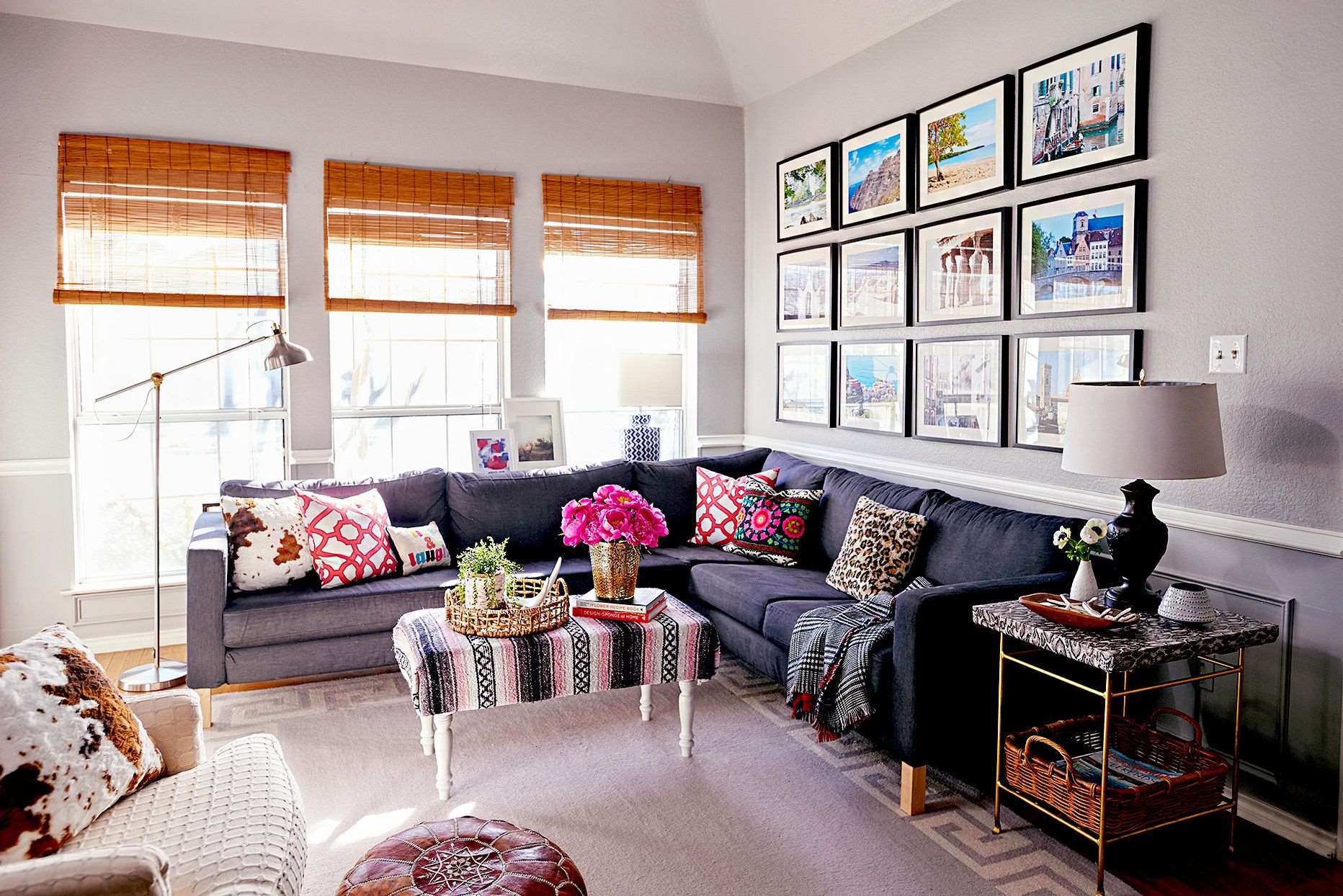

Ideas and Tips
Finding And Displaying Vintage Artwork In Your Home
Published: November 1, 2024
Discover how to find and display vintage artwork in your home, adding unique charm and character to your decor. Tips for sourcing and showcasing included.
(Many of the links in this article redirect to a specific reviewed product. Your purchase of these products through affiliate links helps to generate commission for Storables.com, at no extra cost. Learn more)
Incorporating vintage artwork into your home can be a game-changer, adding personality and creating a unique conversation starter. Whether you're a seasoned collector or just starting to explore the world of vintage art, this article will guide you through the process of finding and displaying these timeless pieces.
Why Choose Vintage Artwork?
Vintage artwork offers a wealth of benefits that can transform your living space. Here are a few reasons why you might want to consider adding vintage pieces to your decor:
- Unique Aesthetic: Each piece of vintage artwork has its own story and history, making it a one-of-a-kind addition to your home.
- Personal Touch: Vintage art can reflect your personal style and interests, making it a meaningful part of your decor.
- Conversation Starter: Unique and often eclectic, vintage artwork can spark interesting conversations and create a memorable atmosphere.
- Cost-Effective: Thrift stores, flea markets, and online marketplaces often offer affordable options for vintage art, making it accessible to a wide range of budgets.
Where to Find Vintage Artwork
Finding the perfect piece of vintage artwork can be an exciting adventure. Here are some popular places to search:
-
Thrift Stores:
- Thrift stores are treasure troves for vintage art enthusiasts. You can often find beautifully framed paintings at affordable prices. The thrill of the hunt is part of the fun, as you never know what hidden gems you might discover.
-
Flea Markets:
- Flea markets offer a diverse selection of vintage items, including artwork. Be prepared to dig through stalls and negotiate prices, but the reward can be well worth it.
-
Facebook Marketplace:
- Online marketplaces like Facebook Marketplace are great resources for finding vintage art. You can search for specific types of artwork or browse through listings to find something that catches your eye.
-
Public Domain Websites:
- Websites like the National Gallery of Art, New York Public Library, Smithsonian Institute, Wikimedia Commons, Getty Museum Collection, Art Institute Chicago, and The Cleveland Museum of Art offer free vintage art prints and digital downloads that are in the public domain.
-
Local Art Galleries:
- Local art galleries often feature a mix of contemporary and vintage pieces. These galleries may also offer framing services or advice on how to display your finds.
Assessing Your Space
Before bringing a vintage piece into your home, it's crucial to assess your space. Here are some steps to consider:
-
Evaluate the Room’s Style and Aesthetic:
- Think about the overall style and aesthetic of your room. Does it lean towards modern, traditional, or eclectic? The artwork should complement or enhance this style.
-
Consider Lighting:
- Lighting can greatly impact how your artwork looks in a room. If the piece will be hung in a spot with direct sunlight, choose artwork with colors that won’t fade quickly. If it will be placed in a dimly lit area, consider pieces with more muted colors.
-
Measure the Space:
- Take precise measurements of the space where you plan to hang the artwork. Consider the height of the ceiling, width of the walls, and size of any furniture or architectural features.
-
Think About Scale:
- Don’t be limited by the size of the vintage artwork. Experiment with different scales by pairing large pieces with smaller ones or grouping several small pieces together to create a gallery wall.
Displaying Vintage Artwork
Once you've found the perfect piece, it's time to display it. Here are some creative ways to showcase your vintage artwork:
Gallery Walls
-
Creating a Gallery Wall:
- To create a gallery wall, start by laying out your artwork on the floor. Experiment with different layouts until you find one that you love. Then, start hanging the art one piece at a time, beginning with the center piece and working your way outwards. The spacing between pieces can vary; most interior designers recommend 3-6 inches apart for a modern look, while closer spacing (3 inches) can create a more vintage style.
-
Mixing and Matching Styles:
- Don’t be afraid to combine vintage artwork with modern pieces in your space. The contrast between old and new can create a unique and visually appealing aesthetic. For example, pair a vintage oil painting with a sleek, minimalist sofa or a mid-century modern armchair.
Displaying on Shelves
-
Layering Art on Shelves:
- Leaning thrifted art against the back of a shelf is a great way to create layers in your home decor. This adds depth and texture to your space, especially when combined with other decorative items like plants, ironstone dishes, old bottles, or a pretty little vase.
-
Shelf Styling Tips:
- For inspiration on how to decorate shelves, consider layering a single piece of thrifted art with other items. This can create an eclectic, curated style that adds extra character and dimension to your shelf styling.
Hanging Art Against Walls or Furniture
-
Leaning Art Against Walls or Furniture:
- Another way to use thrifted art is to simply lean it against a wall or object. This works perfectly on the mantel in your family room or even against a vintage European postal sorter in your living room.
-
Adding Decor Touches:
- Even if you don’t typically sit in a particular spot, it’s a wonderful place to add some decor touches. For example, leaning a sweet thrifted art piece from the World’s Longest Yard Sale against postal cubbies helps break up white space and adds interest and coastal grandma or coastal cottage style to that corner.
Tips for Displaying Vintage Artwork
Here are some additional tips for displaying vintage artwork effectively:
-
Consider the Condition:
- When choosing a vintage artwork, consider its condition. Is it in good condition, or does it show signs of wear and tear? This will help you decide whether it’s worth investing in restoration or if it’s best left as is.
-
Think About Provenance:
- Provenance refers to the history or ownership of an artwork. If the piece is signed by the artist or part of a limited edition, this can significantly impact its value and authenticity.
-
Budget Considerations:
- Finally, think about your budget when selecting a vintage artwork. Are you willing to invest in a rare and valuable piece, or do you want something more affordable? This will help you find a piece that fits within your financial constraints while still meeting your aesthetic needs.
Making Your Vintage Art Look More Realistic
If you've found digital vintage art prints or are looking to enhance the look of your physical prints, here are some tips:
-
Printing on High-Quality Paper:
- For smaller images (8×10, 5×7, 4×6), print on good-quality card stock or watercolor paper for an authentic look. For larger images, consider printing at Staples Print Center or other local print shops.
-
Canvas Prints:
- To create a very authentic look, try getting a vintage art download printed on canvas. Canvas prints look so real and allow you to display your art in many beautiful ways.
Conclusion
Incorporating vintage artwork into your home can be a rewarding experience that adds personality and character to your space. By understanding where to find these pieces, how to assess your space for optimal placement, and various methods for displaying them effectively, you can create a unique and visually appealing environment that tells a story and sparks conversation.
Whether you're drawn to thrift stores for their hidden gems or public domain websites for free downloads, there’s no shortage of ways to bring vintage art into your home. With these tips and considerations in mind, you’ll be well on your way to curating a collection that reflects both your personal style and the timeless beauty of vintage artwork.
Was this page helpful?
At Storables.com, we guarantee accurate and reliable information. Our content, validated by Expert Board Contributors, is crafted following stringent Editorial Policies. We're committed to providing you with well-researched, expert-backed insights for all your informational needs.
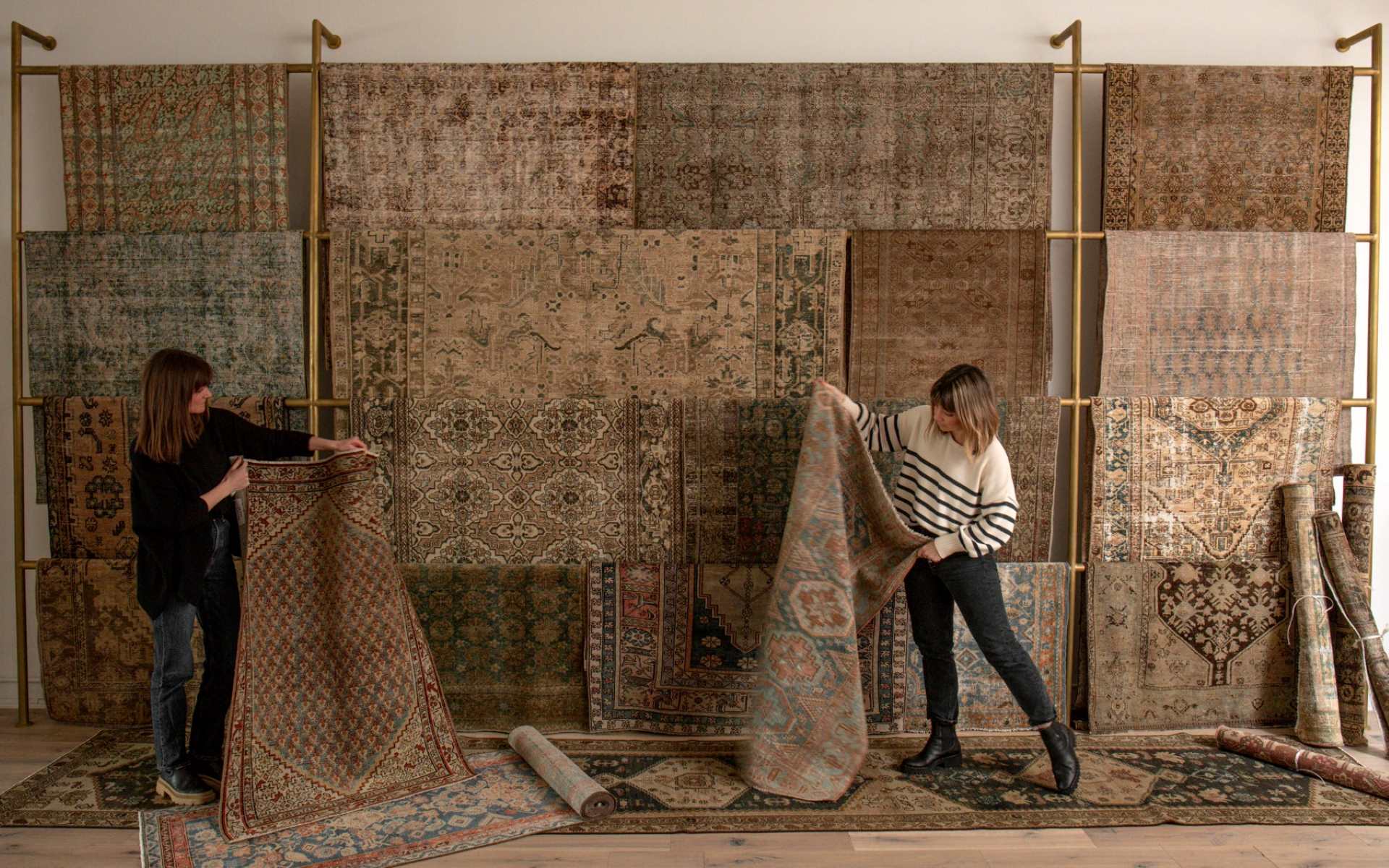
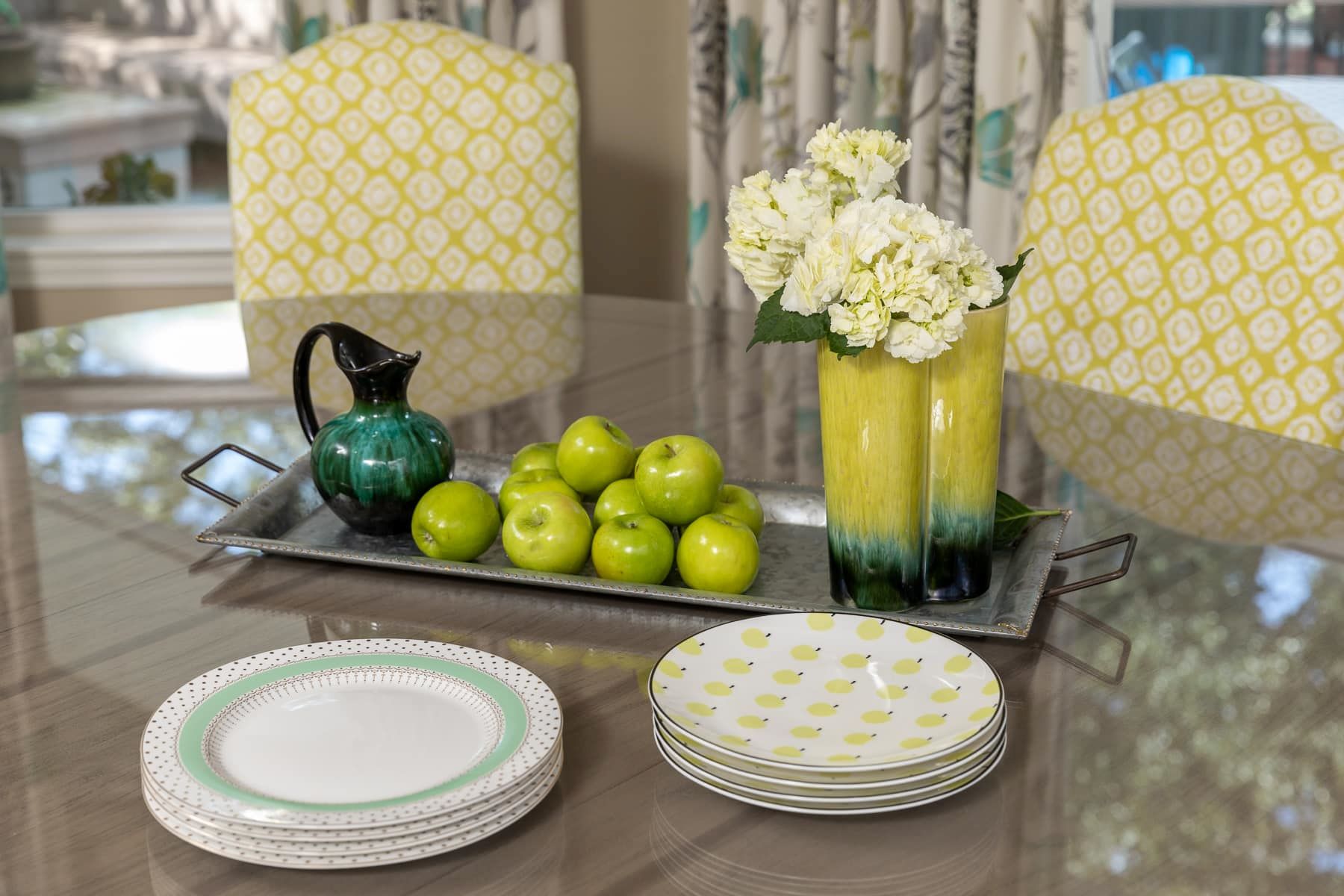

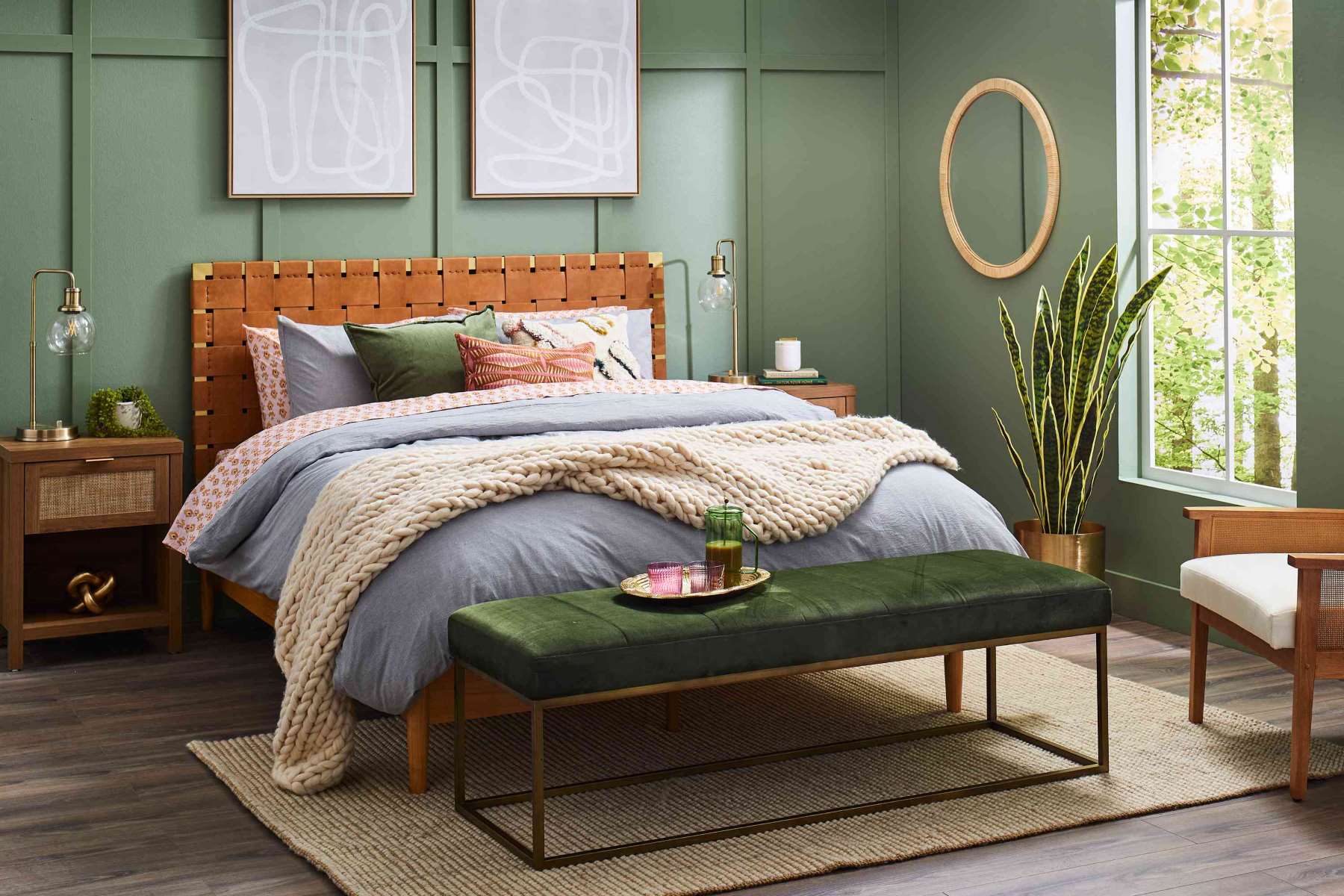
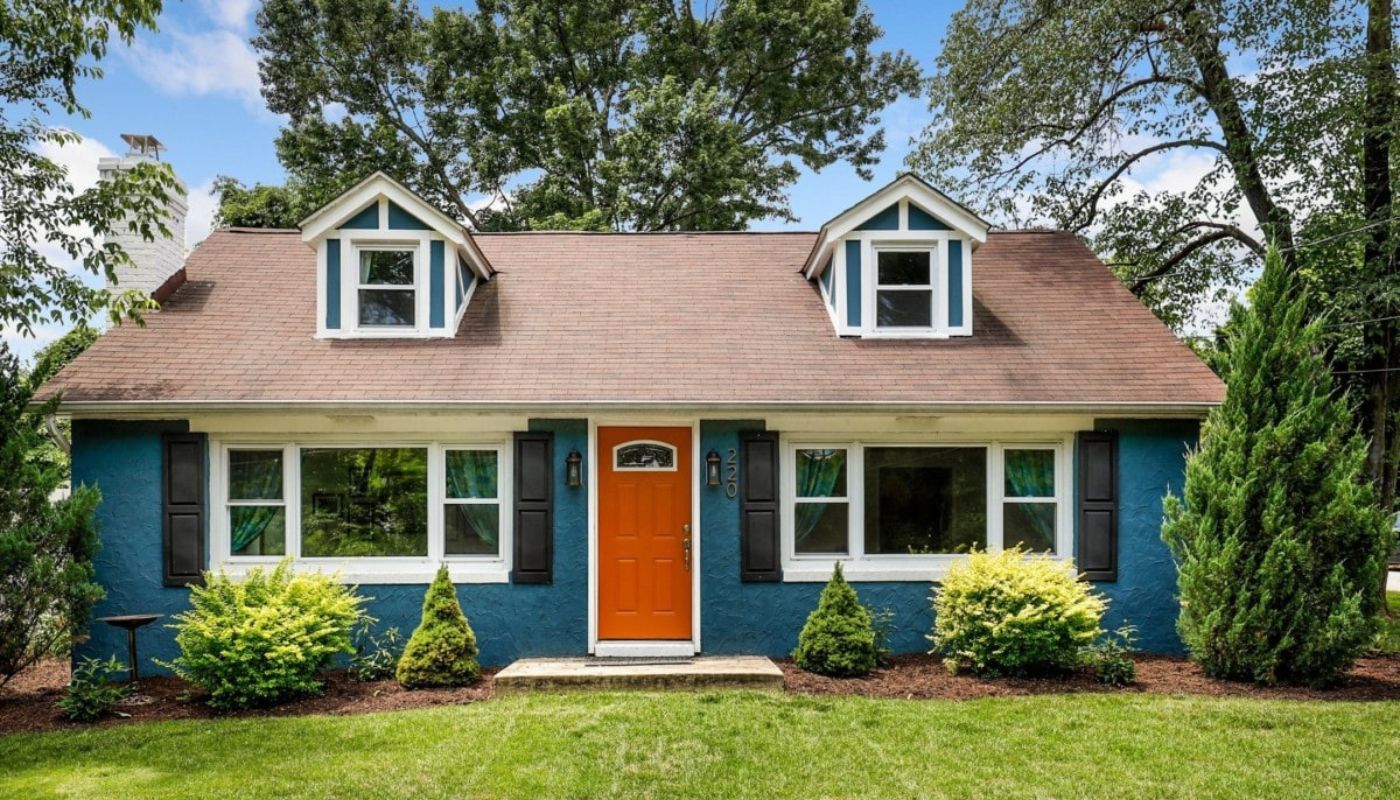

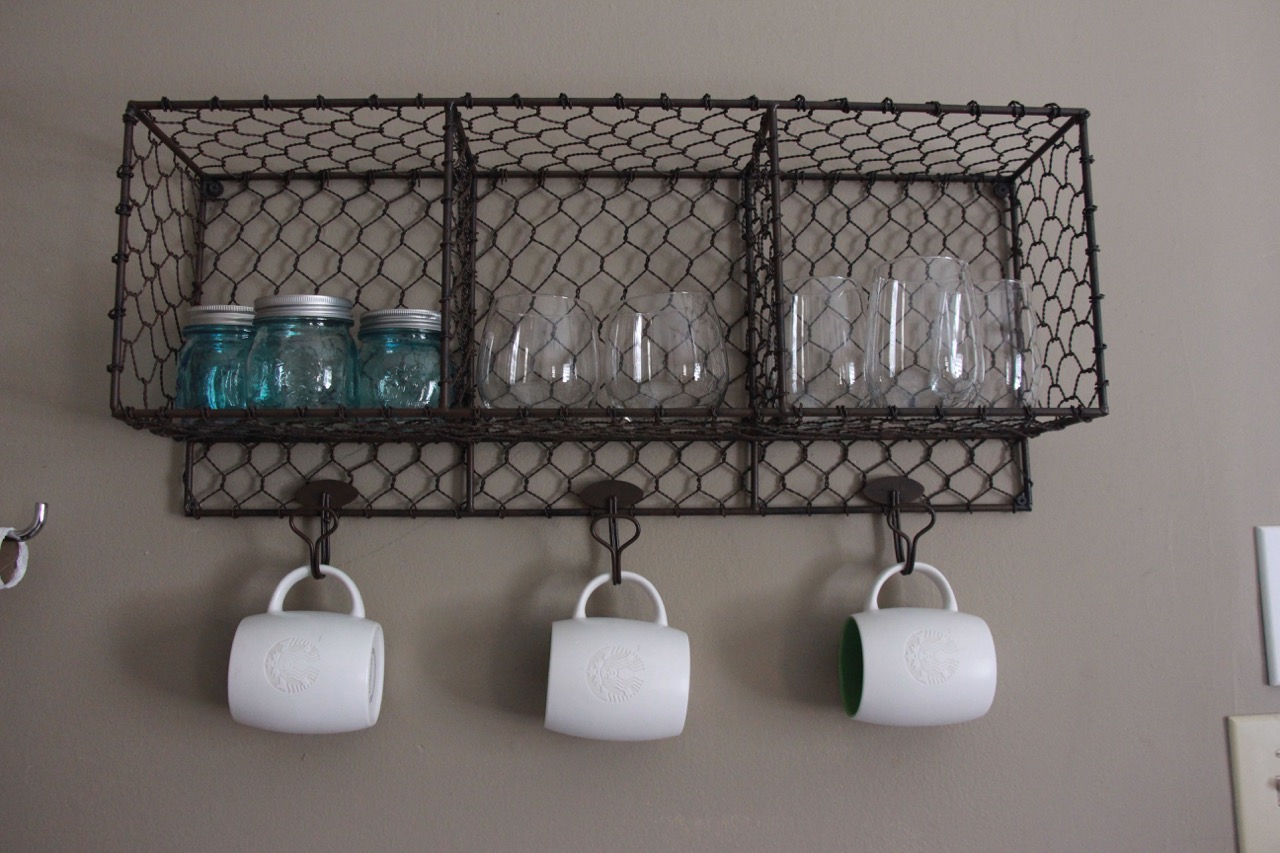
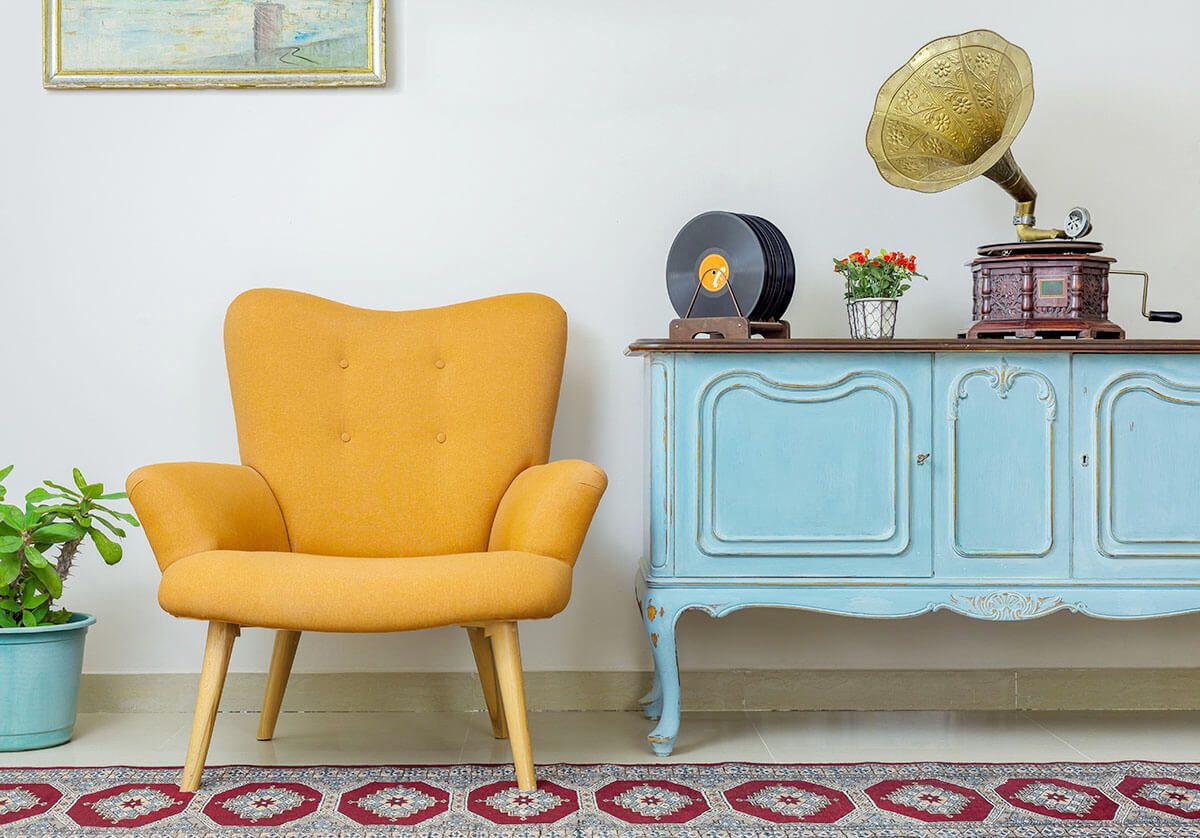


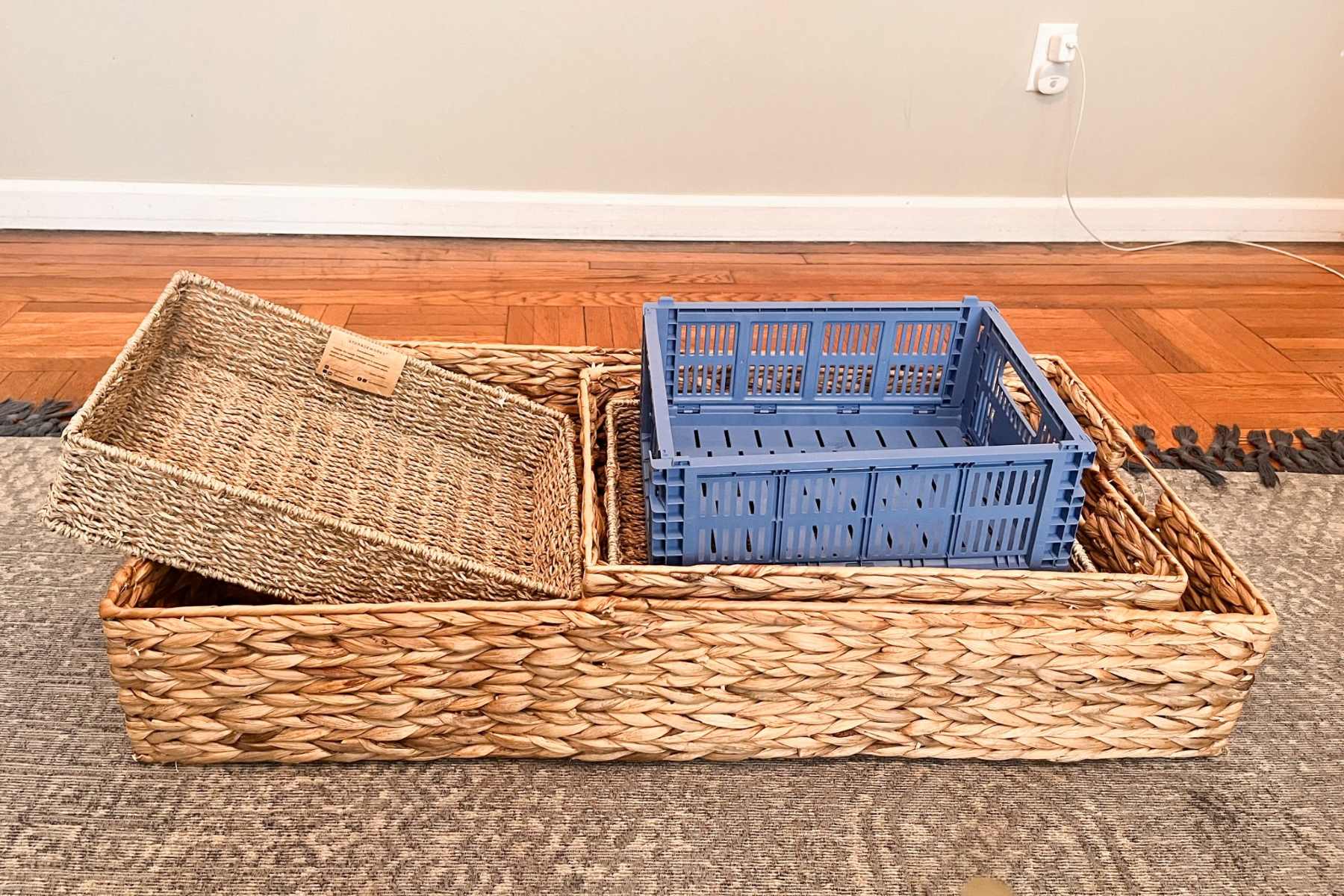
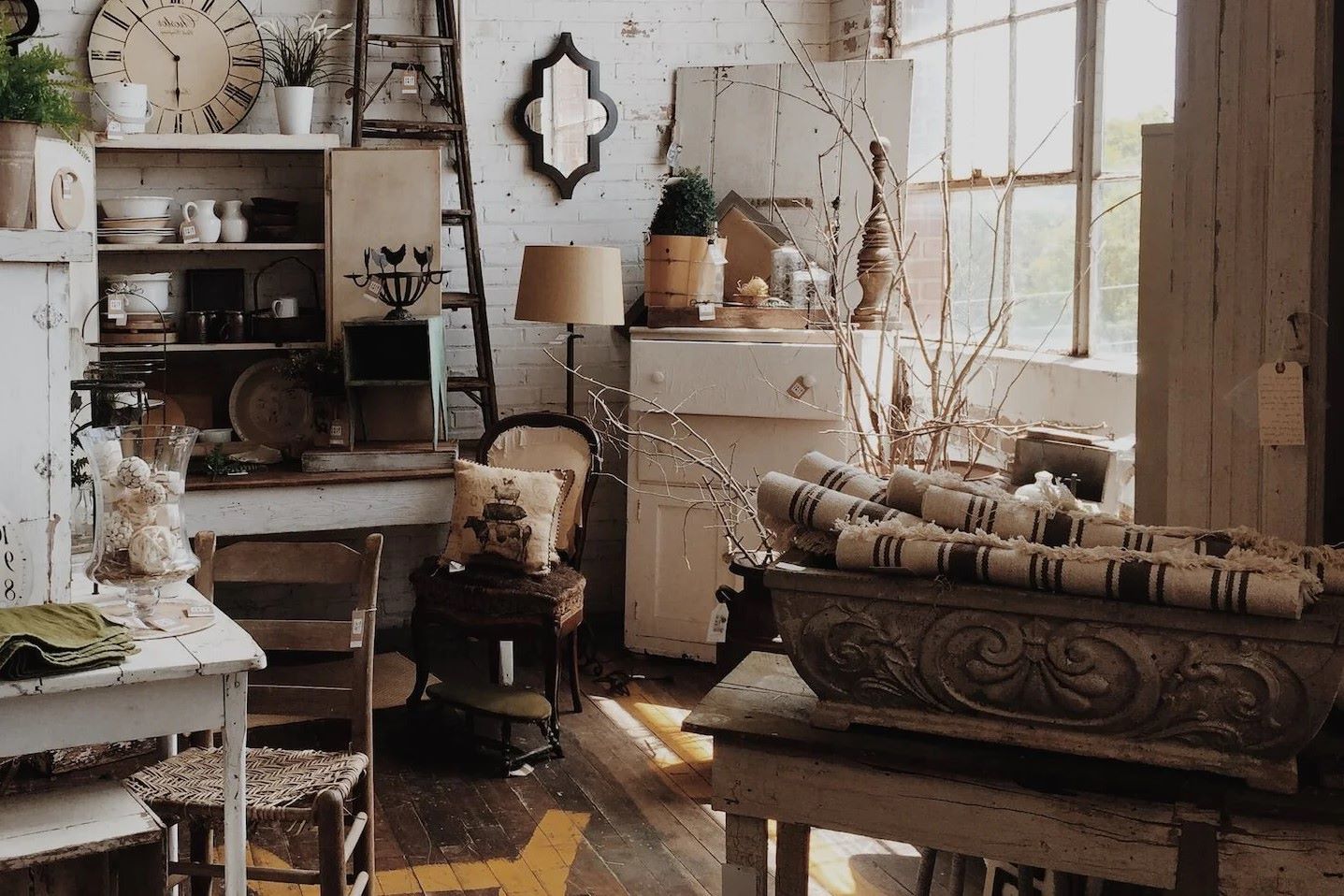
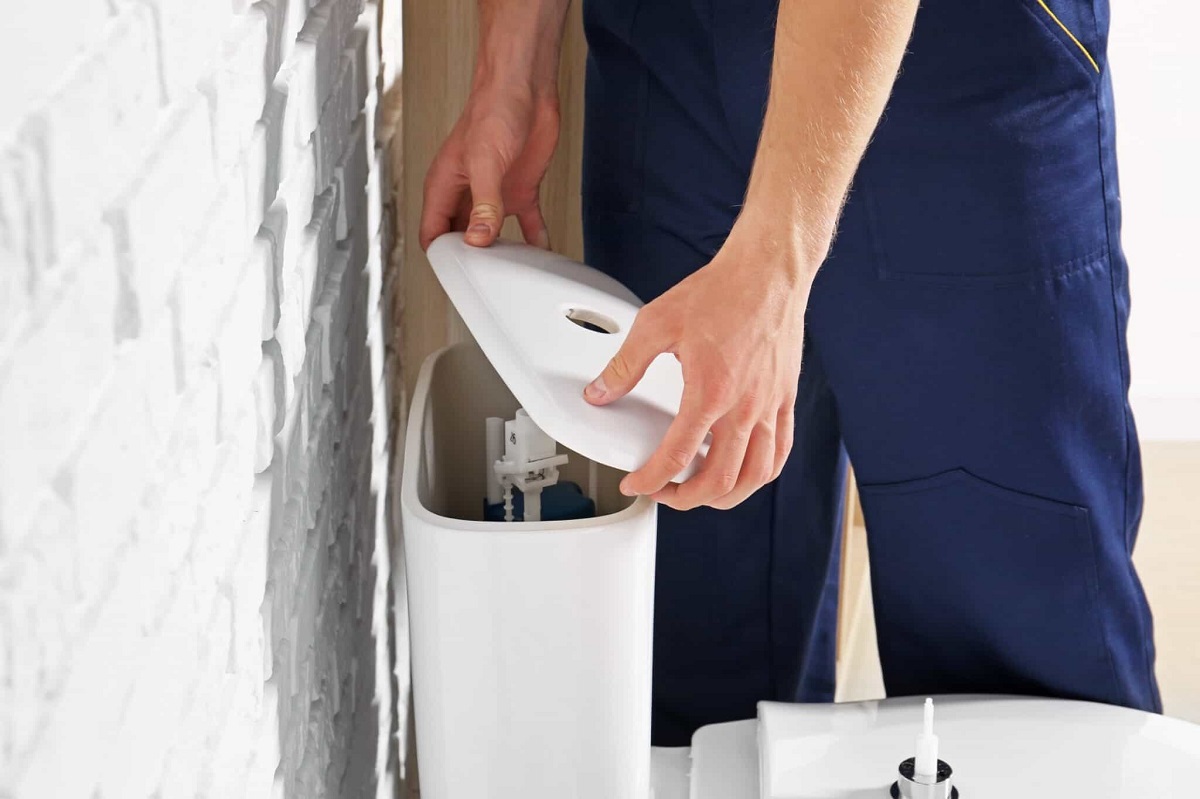

0 thoughts on “Finding And Displaying Vintage Artwork In Your Home”